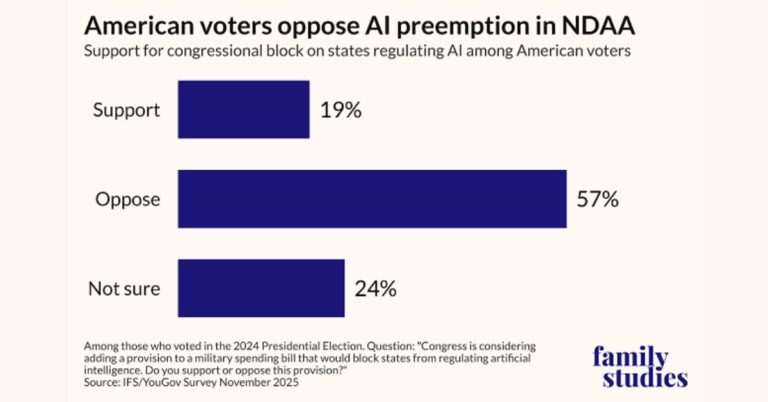5G private networks are the future to enabling data-driven decision making; hear more at the Connected Aviation Summit, MWC Las Vegas
Airports: The Role of 5G in Digital Transformation
Airports are economic engines that connect and shrink the world, providing for the ability to be any place on earth in a day. It has been truly said that a couple of miles of roadway takes one…a couple of miles, while a couple of miles of runway can move a person the world over. And those runways are busier than they have ever been, carrying passengers at ever increasing rates, as travel rebounded from the pandemic doldrums far faster than most predicted it would do. In fact, according to the International Air Transport Association (IATA), those anticipated 4.7 billion users this year is projected to nearly double over the next twenty years.
Why Airports Need Smarter, Connected Infrastructure for the Future
Airports around the world are going to have to become smarter, more connected environments to accommodate that traffic growth—and that in a customer-friendly and operationally-efficient manner.
MWC Las Vegas 2024: Smart Airports and Aviation Innovation
We’re excited to say that we’ll be at MWC Las Vegas in October to discuss how airports can meet these new demands using 5G connectivity and private networks. During the Connected Aviation Summit, we will discuss how enterprises can advance to the cutting-edge data decision-making age alongside some world class peers from across the industry.
The Growing Need for Robust Airport Connectivity
Airports comprise large geographic footprints, with roadways, terminal buildings and extended airfield areas all adding up to create that extended size. The airport area necessarily comes with complexity throughout, as city of stakeholders operates within that ecosystem. First responders (law enforcement, fire and medical) typically live within or immediately adjacent to that environment. An alphabet soup of regulatory agencies is very active across the airport, as are a very long list of other commercial companies, all coming together to facilitate that travel operation and experience.
These agencies and companies all have systems that increasingly require robust and pervasive connectivity, ranging from that initial access road, through the many curb front areas, parking lots and garages on the “landside” of the operation. An extensive terminal environment awaits at the end of those access roadways, replete with airline passenger and baggage processing systems, security checkpoints and a variety of concessionaires and other companies. A very busy and complex ramp area sits just outside the terminal building and that area extends onto the airfield and out to a fence line, itself positioned as an important line of demarcation, installed for the critical purposes of enhancing security and safety, among other reasons.
5G Private Networks: Enabling Data-Driven Decision-Making in Airports
Over the past few decades, the exponential rate of technological advance has certainly been present on airports, both seen and unseen to the casual users. A robust fiber and copper cabled network serves the entire campus (and may extend to other local airports). That network serves as a critical backbone for the many systems and services across the airport environment, serving that city of stakeholders, as well as the many passengers (guests). Whether related to passenger or baggage processing, or to some other operational need, these systems constitute the foundation of the airport ecosystem.
However, in many cases, the more physically extended areas, such as the roadways or airfield, lack for some of those enabling systems and/or sensors—not because they aren’t needed or useful in many locations, but often because of the difficulty and/or expense of extending hard-cabled broadband connectivity out to these areas. The cost of running fiber around a fence line boundary that is tens of miles or kilometers in lineal size is nothing short of astronomical, not to mention the time and difficulty of the overall project. The story is much the same on the landside of the airport, with visibility limited as to real-time traffic conditions, as well as other safety and security situations.
While WiFi and commercial cellular networks have been used in some of these cases, each has had its challenges in the airport arena. WiFi has been used to great effect to connect the guests for business and personal use. Most of this connectivity has been provided inside the terminal environment but has been only minimally useful for operational purposes—whether inside or outside. This unlicensed band cannot be effectively managed or controlled by an airport (pursuant to an FCC ruling) and even a point-to-point wireless shot can suddenly cease operation due to interference, for which there is little remedy.
The challenge with commercial cellular networks is the vast amounts of concrete and steel, not to mention metal and motors, in almost every sector of the environment. Even where a distributed antenna system (DAS) has been deployed inside the terminal, it is likely focused on providing service to the guests as opposed to operational connectivity.
Enter private wireless networks, which can provide robust connectivity that extends across the entire geographic footprint at an airport. That gift of spectrum in the United States (and increasingly in other countries) provides an incredible opportunity to lay that necessary foundation of connectivity. This network provides for systems and services across the entire ecosystem, flowing data throughout and allowing AI to be layered into to the environment in very beneficial ways.
This connectivity is much needed today—but will be an absolute imperative for tomorrow’s environment.
Building the Future of Airports: Autonomous Systems and 5G
Increasingly, autonomous systems and vehicles are entering the airport space. These systems and vehicles, whether on the landside, in the terminal or our on the ramp and/or airfield, all require that robust level of connectivity. These are all arriving at airports now, not just in trial mode, but in full-on deployment, bringing operational benefit the world over.
Connectivity is foundational to the flow of actionable data, gathered from a wide range of sensors and system sources, with proactive decision making and layered AI driving significant operational improvement. The number and locations of the various IoT sensors will only increase exponentially. All of these must be built on that strong foundation of robust wireless connectivity.
Digital Transformation 2.0: Enhancing Airport Operations with AI and Connectivity
This new connectivity layer should be treated as a strategic piece of the overall airport infrastructure, enabling a new Digital Transformation 2.0 program that will elevate the entire airport into a realm of data driven decision making.
The ultimate winners, along with all of the direct stakeholders, are those billions of passengers, who will travel smoothly through a vastly improved environment.
The MWC24 Las Vegas Connected Aviation Summit will focus on aviation innovations such as smart airports, AI-driven predictive maintenance systems, and more. This unique summit will bring together leading speakers from Miami Airport, Dallas Airport, Port of Oakland, Ontario Airport, Southwest Airlines, Metropolitan Airport Commission, and many more to explore the future of aviation. The five-session summit covers:
- The Future of Flight: Exploring the Importance of Connected Aviation
- Revolutionizing Aviation: The Impact of IoT and Digital Transformation
- Navigating the Skies: Autonomous Systems in Aviation
- Inside the Terminal: An In-Depth Case Study of Airport Operations
- Connected Aviation: Unpacking the Benefits
You can register here https://www.mwclasvegas.com/agenda/sessions/4866-connected-aviation-summit








































